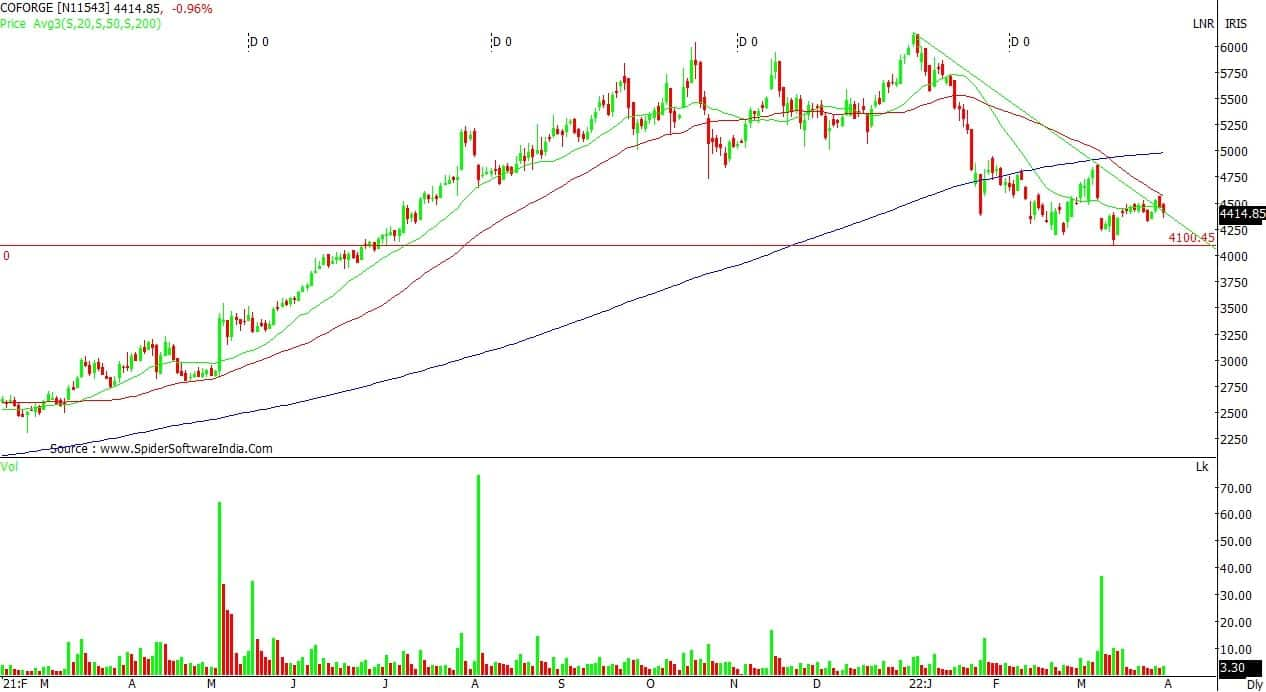
Options Trade adjustments is a very popular term these days. Let us discuss what this is all about and how can it be helpful. With equity stocks or for that matter futures trading it is very simple. You are either In or Out. Yes, there will be stop-losses and trailing stop-losses but apart from averaging your positions there is not much of adjustment one can do.
Options, however, is a different instrument in this regard. There are multiple Calls and Puts that trade for a single stock or index. This gives a lot of flexibility in tough times to change the aggression of the trade and cerate safeguard against few non-profitable features of Options.
Let me give an example. Imagine there is a stock that trades at 100. We have a bullish view on the stock, but the market is not in a secular bullish mode.
We start with Buying a Call of 100 @ 3 with a target price in mid at 108 with 20 days left for expiry.
Now after 3 days the stock goes up to 102 the option goes to 4, we are happy that it is on its course.
Now suddenly momentum drops, which is usual in a choppy market. The price is around 103 after 3 more days but the passage of time is pushing the premium down due to drop in time value of the option. Now the Option is around 4. So, despite of rise in price the option premium is reducing. We do not want to leave the option but the drop in profit also needs to be addressed.
Adjustment:
Considering the target is around 108, I will sell 107.5 (available strike) call option trading at around 1. (The prices are theoretically arrived at, may not be accurate but reasonably mimic the real life).
Now we have
Buy 100 Call @ 3
Sell 107.5 Call @ 1
Maximum Profit = Difference between the Strikes – Net Premium Paid = (107.5 – 100) – (3-1) = 7.5 – 2 = 5.5
Maximum Loss = Net Premium Paid = 3 -1 = 2
Now, the stock again moves around 103 for 5 more days
100 Call will be 3.5
107.5 Call will be 0.75
We have now started saving on the loss due to passage of time.
Post this, there are 3 scenarios that can happen, let us see if the adjustment works:
Scenario #1
If the stock ends the expiry at 103
100 Call will be 3 (103-100)
107.5 Call will be 0 (since 103 -107.5 is negative and Option premium cannot be negative)
We made NO profit on 100 Call, but We made INR 1 on 107.5 Call sold. This helped us making INR 1.
Scenario #2:
Stock dips to 100
Well, this will also push both options’ premiums down. While the 100 Call is not touchable since it is our primary trade.
107.5 Call will be close to 0.10-0.20. This means down by 80%-90%. In such case we will go ahead and buy it back.
Why?
The Option sold could give us INR 1 at the cost of restricting our Maximum profit to 5.5. Out of that we already made 80%. So, buy it back.
Now, our trade is
Buy 100 Call @ 2.2 instead of 3 (reducing profit on 107.5 sold call from our cost).
Scenario #3:
Stock rockets to 108
If it expires above 108 then our Maximum Profit will be 5.5, which for the risk of 2 we have taken is almost 3 times.
Such is the art of adjustment. Special situations require special adjustments. This is a vast topic with endless possibilities. However, today’s technique is one of the most used & simplest in tackling choppy markets.
Disclaimer: The views and investment tips expressed by investment experts on Moneycontrol.com are their own and not those of the website or its management. Moneycontrol.com advises users to check with certified experts before taking any investment decisions.

